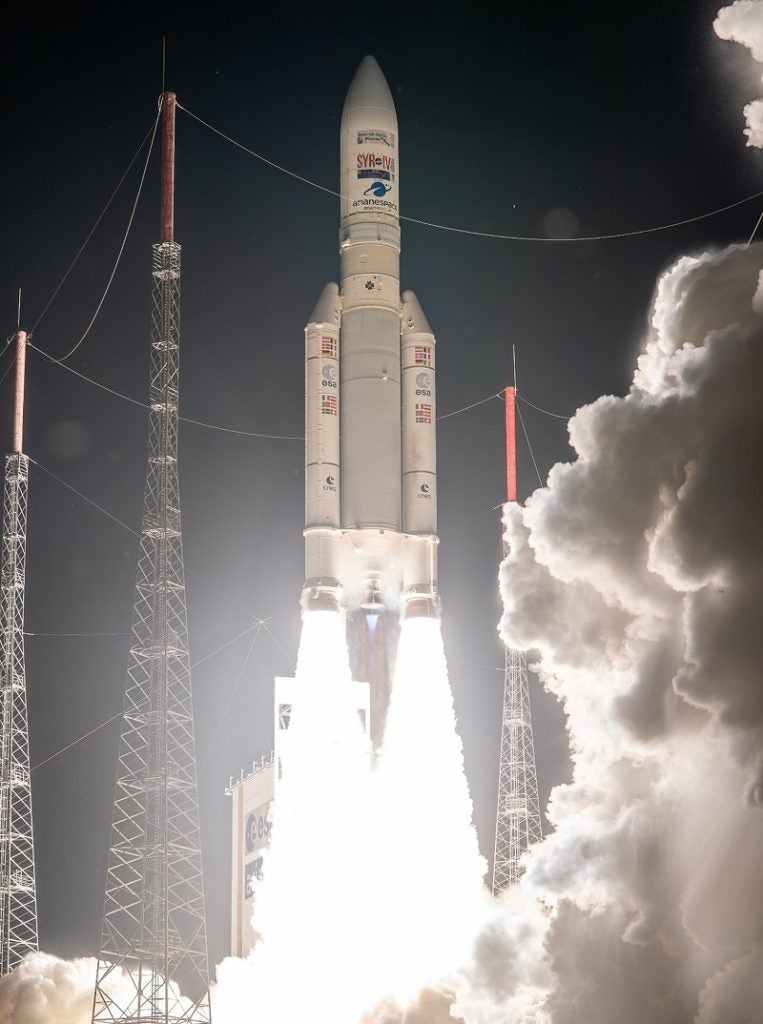
France’s defence procurement agency (DGA) ordered 30 ground-based Syracuse IV satellite communication (SATCOM) terminals from Thales on 12 July 2024.
These immobile stations serve as on-the-pause tactical communication nodes that will connect the French Army’s Serval armoured vehicles to the Syracuse IV constellation, with two of three satellites presently up and running.
Known as the ‘Neptune contract’, this order is the latest development in the Syracuse IV ground segment programme, for which Thales is the prime contractor.
It follows a previous order for the deployment of SATCOM stations on French Navy surface vessels and submarines and for the development and production of fixed and mobile stations for land and air forces. This links Scorpion armoured vehicles, FREMM frigates, FDI defence and intervention frigates, Barracuda submarines, aircraft carriers, and Rafale combat aircraft to the system
These include Mercure on-the-move stations for the French Army’s Griffon and Serval vehicles and airborne stations for the French Air Force’s wide-body aircraft.
Their full interconnection via new docking terminals will allow a considerable increase in data rate by ensuring joint cooperation in theatres of operations and with command centres. They will also be compatible with third-party satellite resources, depending on the area of deployment, without compromising communications security.
How well do you really know your competitors?
Access the most comprehensive Company Profiles on the market, powered by GlobalData. Save hours of research. Gain competitive edge.

Thank you!
Your download email will arrive shortly
Not ready to buy yet? Download a free sample
We are confident about the unique quality of our Company Profiles. However, we want you to make the most beneficial decision for your business, so we offer a free sample that you can download by submitting the below form
By GlobalDataBackground to the Neptune contract
Thales was originally contracted to supply three Syracuse IV satellites to the French Armed Forces in 2015 for telecommunications.
The second satellite was launched into geostationary orbit on 6 June 2023. This new generation constellation will replace the military’s two Syracuse III satellites currently in service by 2030.

They are more flexible, offering greater throughput and better resistance to various threats such as cyberattacks and jamming.
The programme will increase the capacity of the armed forces to communicate over very long distances with an overall throughput three times higher and in complete security, according to the French Armed Forces.
More than 400 ground stations will be deployed in total for the three armed services.
According to the Ministry for the Armed Forces, four to five times more vehicles of the Army will be equipped with modernised stations. For the first time, aircraft will have a sovereign military communication capacity by satellite, starting with the MRTT Phénix tanker aircraft from 2027.



